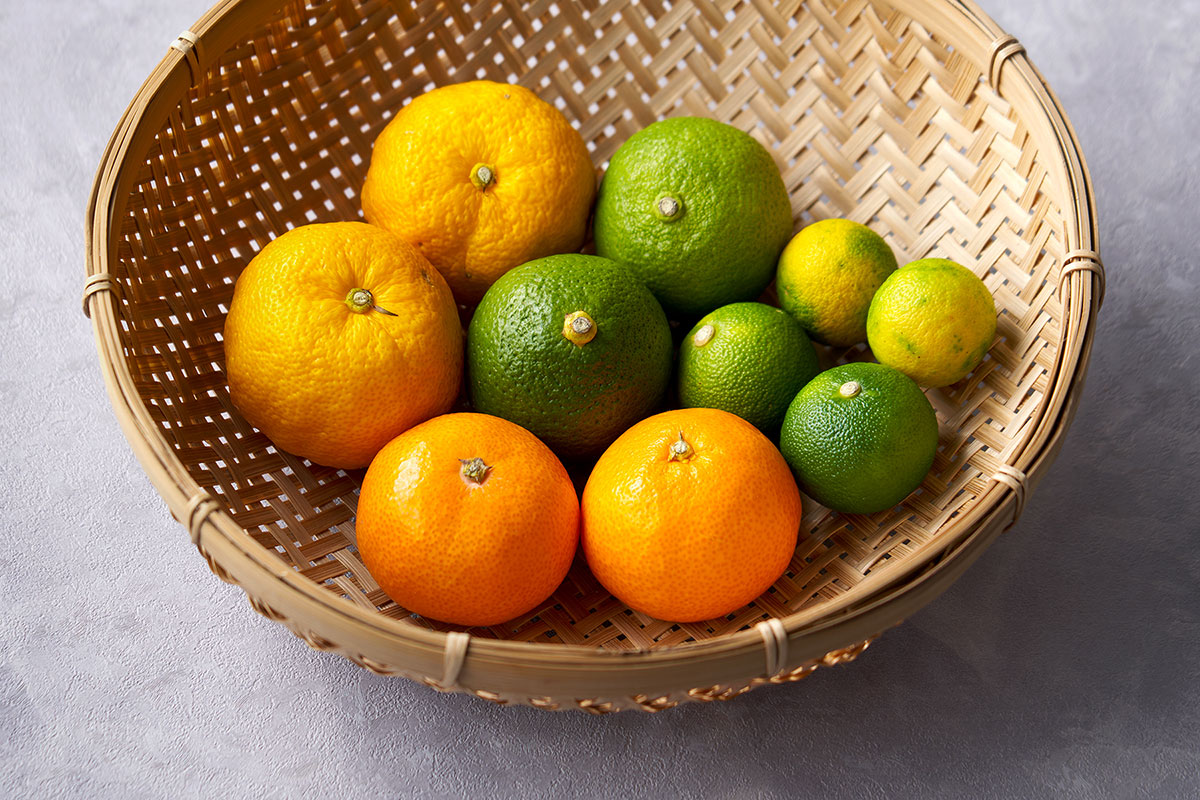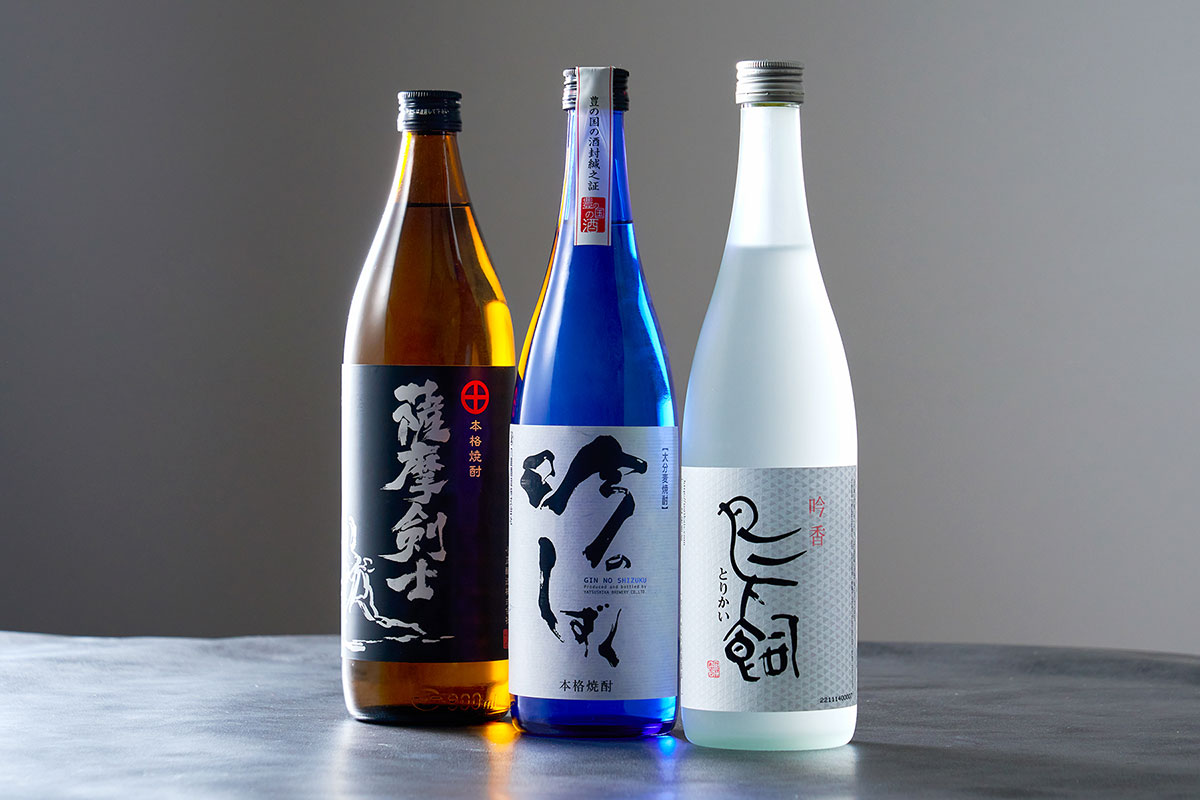First off – what exactly is wasabi?
Native to Japan and parts of Eastern Europe and Korea, wasabi is a plant stem, finely grated into a green paste or powder. The condiment is popular in Japanese cuisine, and known to give a strong punch to sushi and sashimi without leaving a discernible aftertaste. Fresh wasabi is composed of root, stem and leaves, and after preparation, eaten promptly, as it loses most of its sharpness within approximately 20 minutes of grating.
While the West may know wasabi as an unassuming, spicy, green blob that accompanies delicate dishes of raw fish, you may be surprised to know that that wasabi isn’t real wasabi. In fact, it’s estimated that a mere 5 to 10 percent of Japanese restaurants outside of the Land of the Rising Sun serve true, authentic wasabi derived from the wasabi plant.
Have I been eating faux wasabi the whole time?
If you live in the West, a concoction of European horseradish, mustard, green food coloring and other flavorings are likely the key culprits behind your counterfeit condiment. The similarities between horseradish and wasabi are so apparent, that horseradish is affectionately referred to in Japan as seiyo-wasabi, meaning “Western wasabi.” As wasabi and horseradish are both members of the Brassicaceae family of plants, they share similar spicy, tangy, pungent flavor profiles, and even strikingly similar visual semblance – explaining the confusion between the two.
Why don’t more Japanese restaurants serve real wasabi?
With an ever-expanding demand for authentic Asian cuisine in the West, the quest for genuine wasabi begins! True wasabi, or hon-wasabi, is wasabi derived from the native Japanese wasabi plant. Hon-wasabi carries a more subtle, gentle flavor compared to its Western counterpart.
While this nuance in flavor may sound more alluring for chefs and consumers alike, hon-wasabi isn’t the sort of plant that’s grown easily on a commercial level. Hon-wasabi requires precise conditions to be successfully cultivated, demanding riverbeds at specific sea levels and air temperatures, alongside conditions like indirect sunlight and running underground water.
With such complex growing expectations, many Western wasabi distributors turn to their more conveniently acquired option: horseradish. With exponentially simpler growing conditions, horseradish saves Western restaurants a pretty penny, because according to Business Insider, a kilogram of hon-wasabi fetches upwards of $250 USD in the West!
What makes hon-wasabi so special?
You might be thinking, “Is a single plant really worth all that trouble and money?” While there are simpler, more affordable substitutes to wasabi flavor, quality and nutrition can’t be so easily replaced. Even in small portions, wasabi offers incredible nutritional advantages to consumers.
Wasabi was originally used for medicinal purposes, with users believing it could assist in fighting illness associated with consuming raw fish. As a powerful agent in battling food poisoning and a beneficial ally to have against allergies – these theories turned out to be pretty true! Wasabi also helps to lower inflammation, and the plant itself is plentiful in healthy calcium and vitamin C.
If you ever have the opportunity to try authentic, hon-wasabi, take the time to savor the cultivation efforts, flavorful nuance, nutrients and health benefits packed in one little, green package.
In the end, it’s up to you to decide whether you want to settle for imitation, or splurge on the real deal. Yet one thing is certain: any form of this fiery condiment packs an unmatched punch of flavor and a touch of history to any dish it accompanies!

























Comment